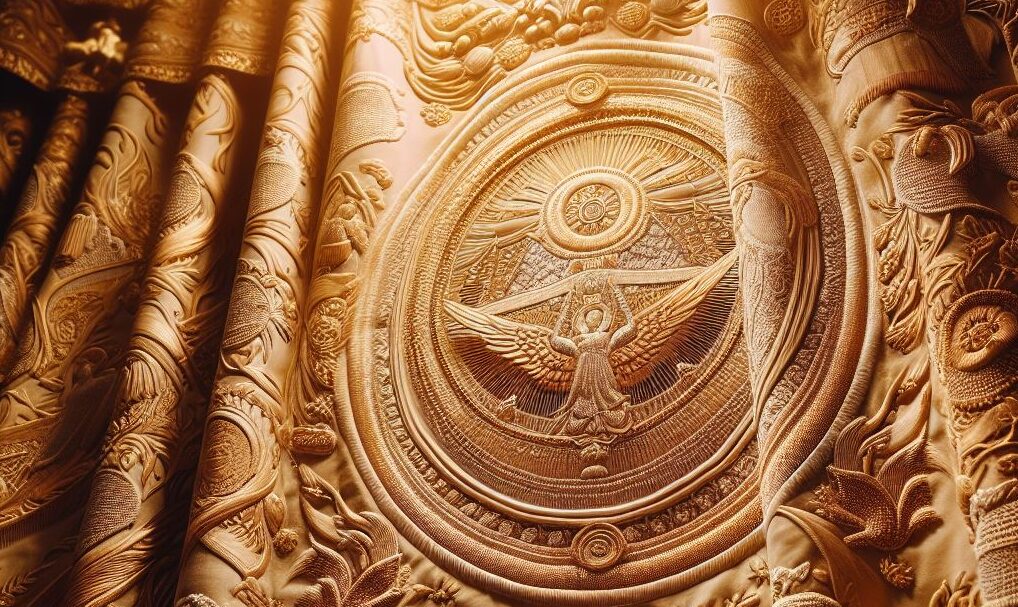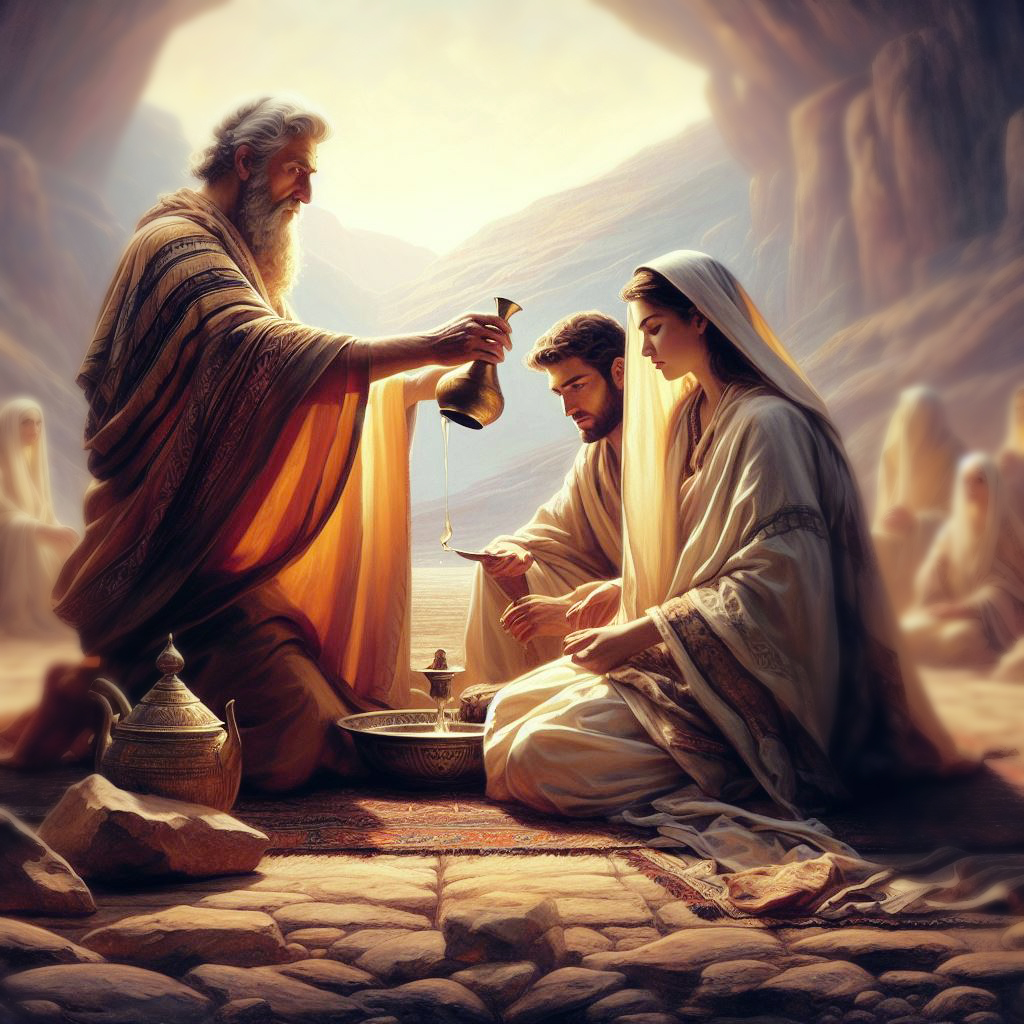Ordinances of the Saints 108: The Temple Ordinances (Deacons & Teachers)

Course Prerequisite(s)
- Please note that this course has the following prerequisites which must be completed before it can be accessed
-
 Ordinances of the Saints 101: The Sacraments
Ordinances of the Saints 101: The Sacraments
About Course
And he gave some, apostles; and some, prophets; and some, evangelists; and some, pastors and teachers; for the perfecting of the Saints, for the work of the ministry, for the edifying of the body of Christ.” — Ephesians 4:11-12
A Spiritual Ministry
In the Priesthood 101 class, we learned how to deepen our relationships with the Lord and about the ministry we are called to. In the Temple 101 class, we will cover ordination and the further endowments of the ministry. Mormonism teaches that the first endowment is the Endowment of the Holy Spirit and confirmation. The term “endowment” comes from the book of Luke, referring to the promise Jesus made to His disciples when he said, “tarry ye in the city of Jerusalem, until ye be endowed with power from on high” (Luke 24:49).
The majority of Christians, including Latter Day Saints, believe this promise was fulfilled in Acts Chapter 2. This Pentecostal event occurred again on April 6, 1830 when the Church of Christ legally organized in New York, and on March 27, 1836, when the Kirtland Ohio temple was dedicated.
This Pentecostal Endowment is given to every Saint, and to those called to the ministry, further Endowments are given as a part of one’s ordination. This class will go over each of these Endowments and other aspects of the spiritual side of the ministry.
Yours in Christ,
David Ferriman
Course Content
Endowed from on High
The Sacrament of the Endowments
Rituals Performed
Student Ratings & Reviews

